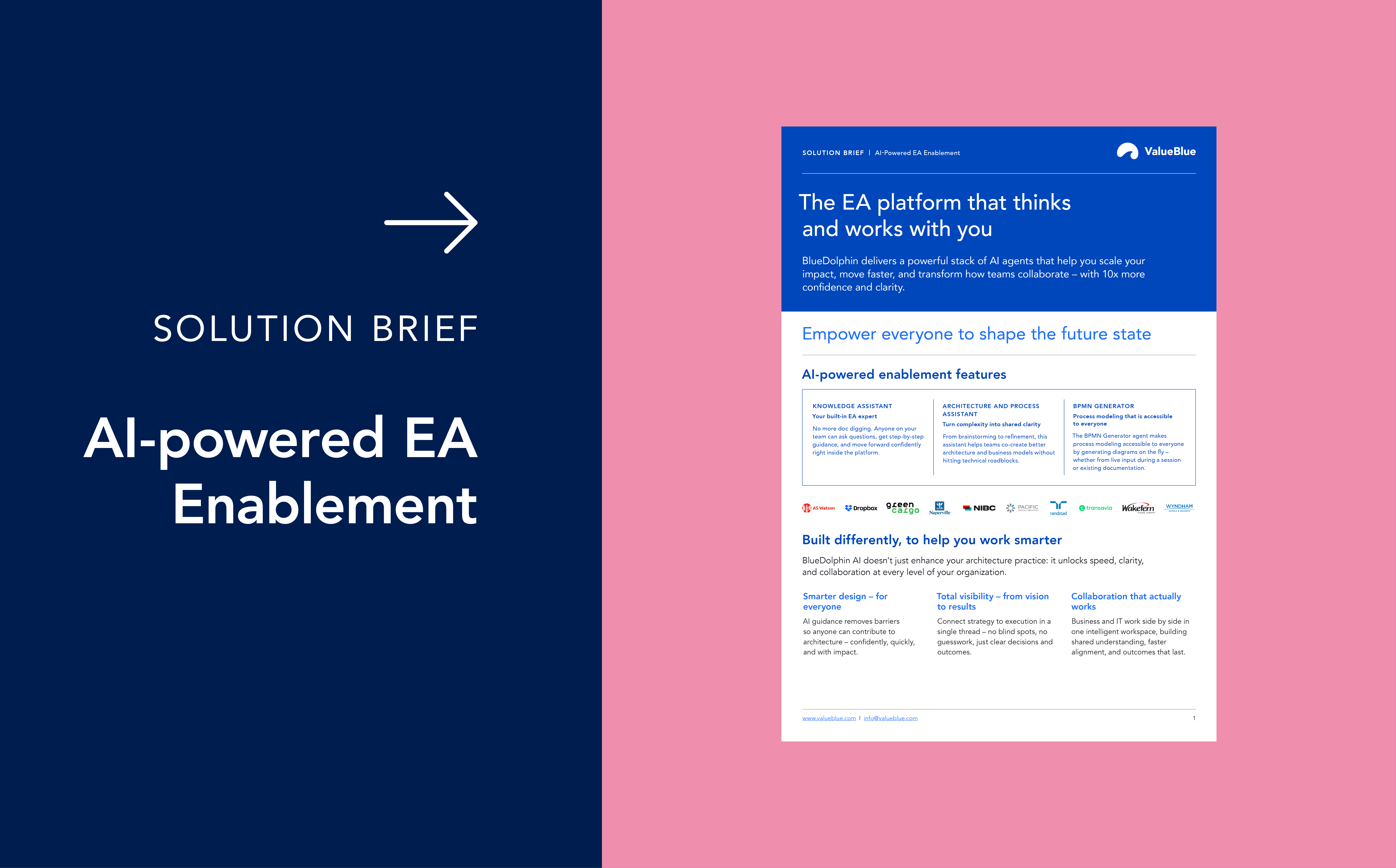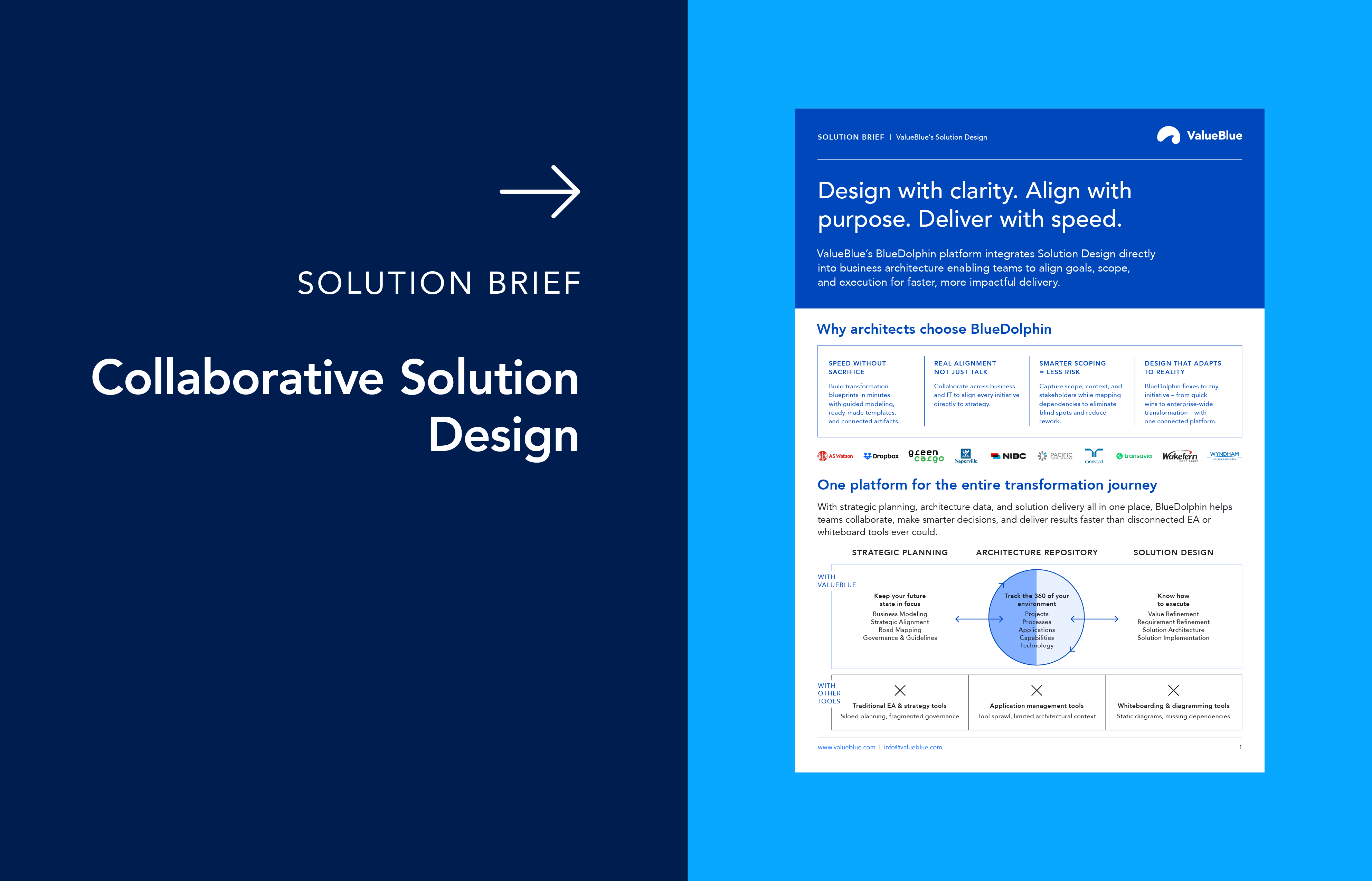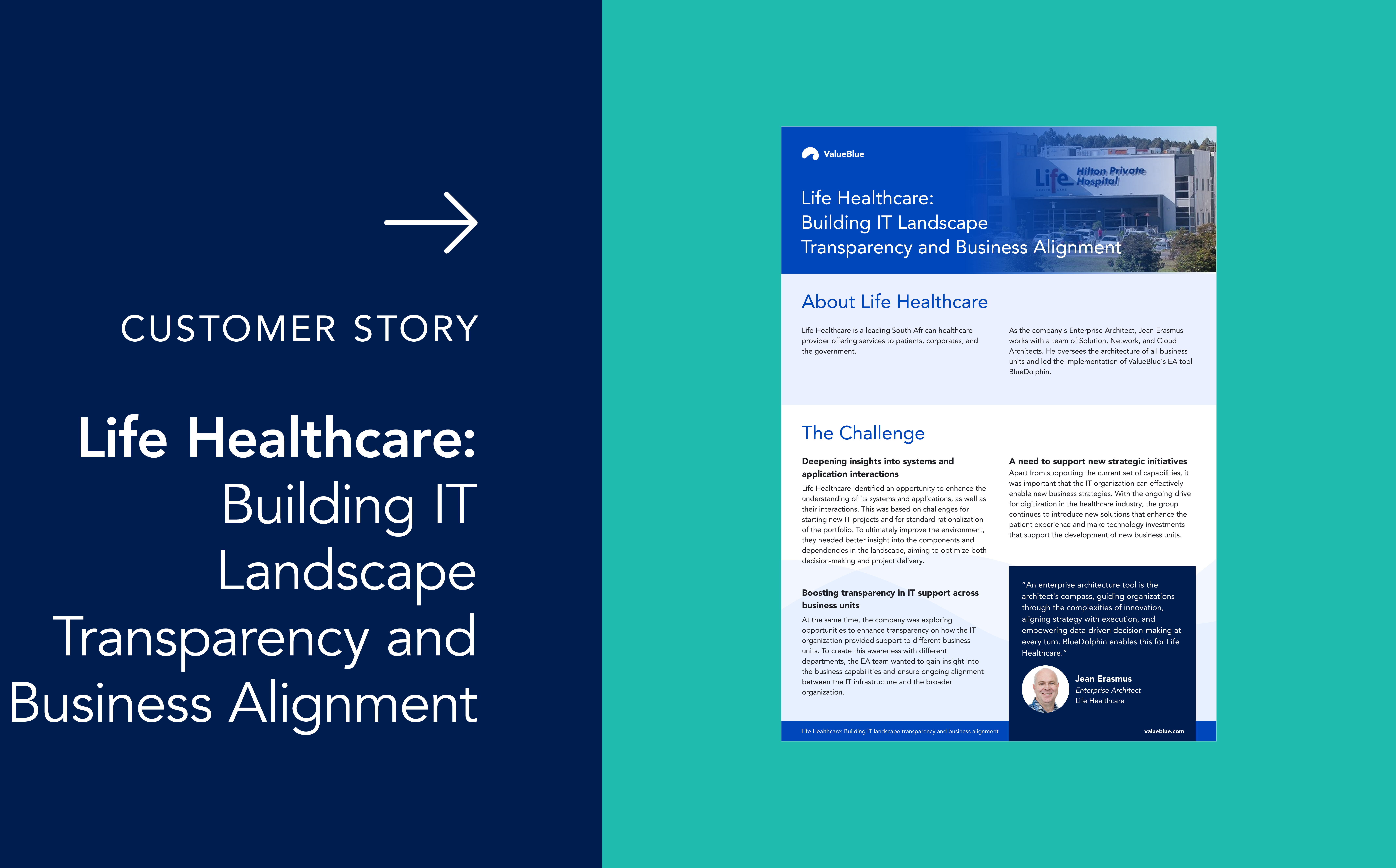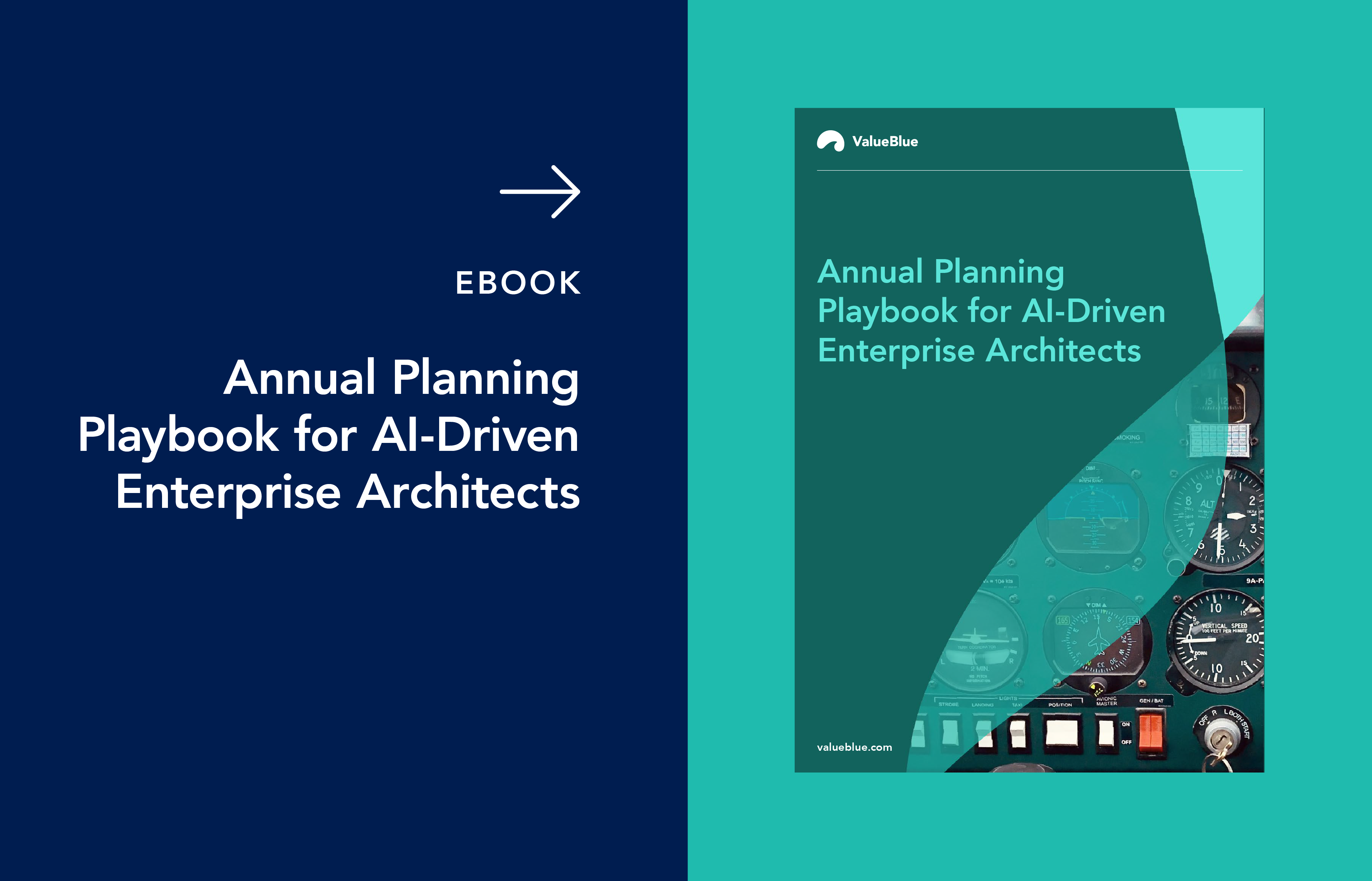Innovating IT Management in Recession with Enterprise Architecture
Recessions generally mean a time of cutbacks, difficulty, and uncertainty. In this time of economic turbulence, many organizations are looking for a way to be able to do more with less. In much of our recent content, we have been discussing the expanding role of Enterprise Architecture (EA) within an organization. This post won’t stray too much from that theme. EA is a great framework to ensure organizations become more efficient and cost-effective, especially during these times of economic uncertainty. If this sounds all too familiar, keep reading to see how a stronger, more innovative approach to your Enterprise Architecture can maximize your resources.
Enterprise Architecture in the Recession: Maximizing IT Efficiency
One key highlight of many of the articles you’ll come across in our space is the expectation of digital transformation not matching reality. A driving force for undergoing digital transformation is to increase customer value and/or decrease costs. With those ideas in mind, we don’t expect transformation to slow down. Continuing to digitize, automate, and optimize processes is a great way to cut costs and only increases in importance during the recession.
However, what we often see is these initiatives going over time, budget, or both. In some cases, taking two steps back before taking steps forward. This creates even larger issues than usual when an organization is operating in an economically unstable environment. That’s where Enterprise Architecture comes in. Better planning and strategy from the get-go, which focuses on cost reduction and avoidance mixed with increased value to the customer, can produce outcomes that drive quantifiable business value. This can be done by first clearly mapping your current state vs. your future state and figuring out the necessary steps to get there. The result will be maximized IT efficiency without going outside constraints. (For tips on how to do this, check out our Become an EA Superhero webinar and playbook series!)
Three Use Cases for Enterprise Architecture Helping Cut Costs
As everyone knows, in times of a recession, organizations reduce department budgets and carefully watch expenses. There are three key ways Enterprise Architecture can clearly contribute to this — application rationalization, finding capability gaps, and digitization.
Application Rationalization
Application rationalization is an obvious way to show cost-cutting results. As defined by the CIO Council, App Rat (as we call it) is “the effort to strategically identify business applications across an organization to determine which should be kept, replaced, retired, or consolidated.” To put in context of the recession, CIOs will be looking for redundant, duplicate, or similar applications looking to sunset them. To use a real-life example, individual departments have become in charge of buying their own apps, thus contributing to the dreaded tech sprawl. So, while one team may be using one project management software, a different department could be using an application with overlapping functionality. Application rationalization will identify this redundancy, and it will become a tech leaders’ job to choose which application to sunset—thus reducing licensing and operational costs.
App Rat will often be a key focus of Enterprise Architecture during this recessionary period.
Finding Capability Gaps
Closing the gap (a key topic in our Become an EA Superhero series!) between what business capabilities can currently deliver vs. creating greater value to the customer experience will only increase in importance. Budget cuts be dammed. Enterprise Architecture can help identify these gaps, model potential outcomes, and determine the best path forward. Creating a more strategic approach to why this is the right path will be critical to delivering the most value on a tight budget.
Digitalization
As we touched on earlier, in recessionary periods, digitization only grows in importance. One-way cutbacks often happen is by reducing the labor force. Digitalizing business processes that are manual and tedious helps employees focus on high-value tasks. This shift is a key way to do more with less. Identifying which manual processes can be digitalized and how to go about doing so is where Enterprise Architecture comes in. Business capability analysis will show highly manual and inefficient processes as “red” or “bad.” From there, enterprise architects can highlight these areas as potential digitization candidates by showcasing the time and money saved.
Conclusion—Enterprise Architecture in a Recessionary Period
I read somewhere that with the recessionary period, business transformation will shift to business optimization, and while I think all successful well-done transformation initiatives already leaned into optimization, this perfectly encapsulates a mindset shift that needs to happen on every level of an organization. Business transformation is business optimization.
The budget cuts, reduction in workforce, and need to do more with less are just some reasons Enterprise Architecture is more critical to an organization’s success than ever. Solid, foundational EA sets companies up for success by acting as the company’s waypoint along its transformation journey. Solid EA aligns organizational long-term goals with key transformation initiatives needed now to get to the desired future-state architecture.




